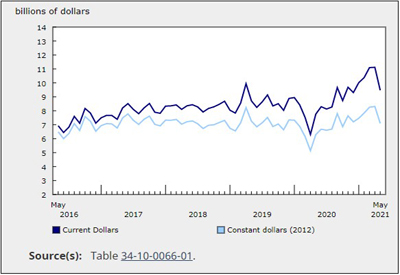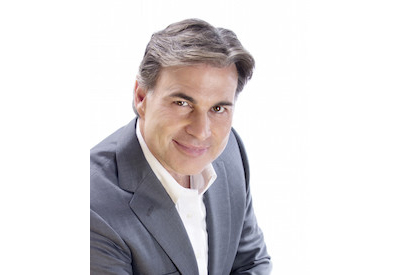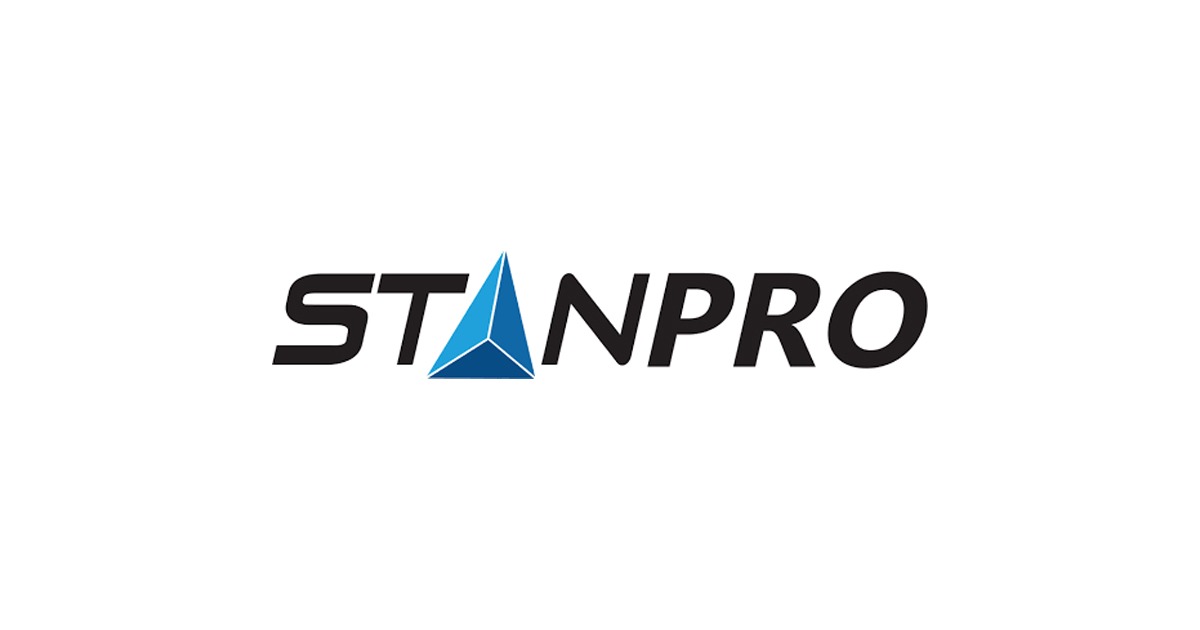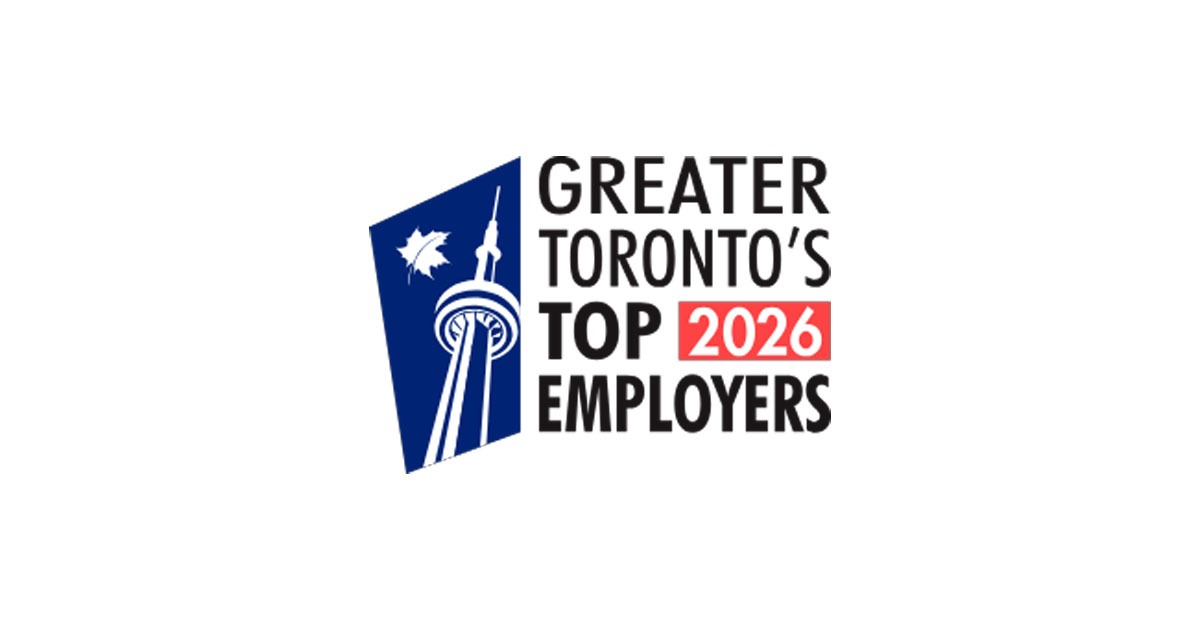After Three Strikes, Are You Out?

December 18, 2017
By Rick McCarten
The electrical industry is transforming more quickly than ever before. The onset of IoT and other leading technologies are setting in motion new customer expectations about how electrical products operate and connect. This month, I want to reflect on our industry’s acceptance of changes and our ability to embrace new market demands. I share with you three examples that I have witnessed:
- At a lighting meeting back in 2011, group participants engaged in a discussion on LEDs and claimed that LEDs would never amount to more than 15% of the lighting market. An LED “light bulb” cost approximately $35 at that time, and the group felt even with increased sales and technology the LED would not effectively compete with a 50-cent incandescent. Fast forward seven years, and LEDs are quickly approaching 100% of the market. This made me wonder why the lighting experts in that room, as a collective, were unable to forecast the future? The reality is that too much information and knowledge can hurt your future vision and prevent you from seeing the forest for the trees.
- At a policy advisory committee, the group was discussing the market for low-voltage DC (LVDC) power. As this meeting was taking place, a consortium in the U.S. was underway, and a research program at a university was being launched to look at how LVDC could reduce line loss and offer better connectivity with renewable energy. The consensus at the committee meeting was that LVDC power would not make any inroads in our industry for at least the next 15 years. Now, those in the room were experts on codes and standards and they knew all too well how long changes to the Canadian CE Code often take. They understood that the LVDC market would involve major changes to the code and would take years of meeting with different stakeholders. Interestingly, this month, CSA Group announced that the code now takes into account low voltage and Power over Ethernet (PoE).
Also, we found out after the committee meeting that a world-class project was being piloted by Cisco, just 25 kilometres away from our office. Cisco was working with a number of our members to study the impact of direct current on LEDs, using Ethernet cable (PoE). The project used 48-volt Ethernet cable so that it was within codes and standards regulations, bypassing the 15 years of struggle with safety regulations. The results? More and more companies are coming out with products for this new market. End users, designers and developers are asking for it. Our “Power Shifts” report on the subject, is by far, the most requested research document to date (www.electrofed.com/market-research).
- Finally, the third case happened more recently. We were discussing the advantages of battery back-up and energy storage in commercial and residential units. Not only can batteries use off-peak power, but they can draw power from renewable sources such as solar from rooftops (Tesla made big waves by announcing its Powerwall this year). Everyone I talked to said the idea of energy storage and solar was a great idea, but it did not make economic sense; the return on investment is said to be negligible. Inverters, battery backup and labour would never be recovered from the savings gained from off peak and solar.
Then I attended a Solar conference in Toronto earlier this month and learned about a two-year-old Panasonic project in Oshawa, Ontario. As part of this project, 30 homes are equipped with batteries, solar panels and inverters. All of the homes take energy from and feed the grid when appropriate. The batteries are charged from the sun, and the homes (all set in a micro grid), can share electricity amongst themselves for additional savings and income.
Like the PoE project in Toronto, this program is being piloted right in our own backyard. Like the LED scenario, it was said to make no economic sense, but still there were people willing to try to make it work.
After these encounters, I have to ask myself why is so much of our industry reluctant to change? Are we so wrapped up in our own ecosystem that we are missing the end run by those who feature new technologies and systems that challenge our current practices? Are we so engrossed in our own internal competition that we are missing the out-flank? How long can we continue to ignore these challenges?
What about progressive companies? How are they seeing the forest for the trees while so many others are not?
My father used to collect turtles; he ended up with hundreds of them. He liked turtles because he said the only way a turtle can move forward is to stick its neck out.
Times are changing in this industry, and it is time to come out of our shell. We may be allowed more strikes than just three, but sooner or later if we don’t step up to the plate, we will be watching developments from the dugout.
Rick McCarten is VP, Operations, Electro-Federation Canada.










